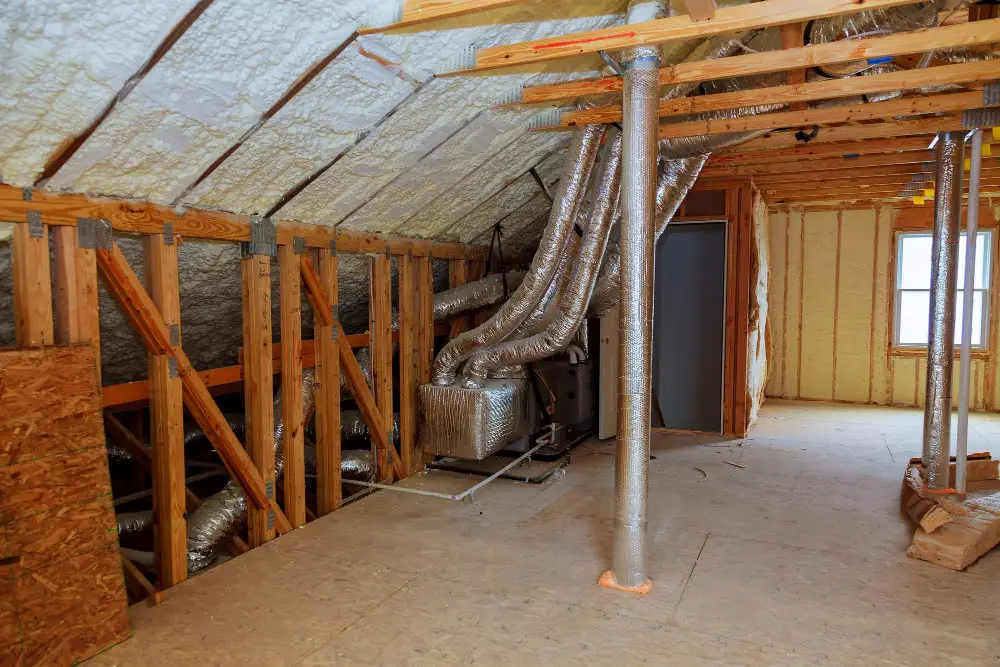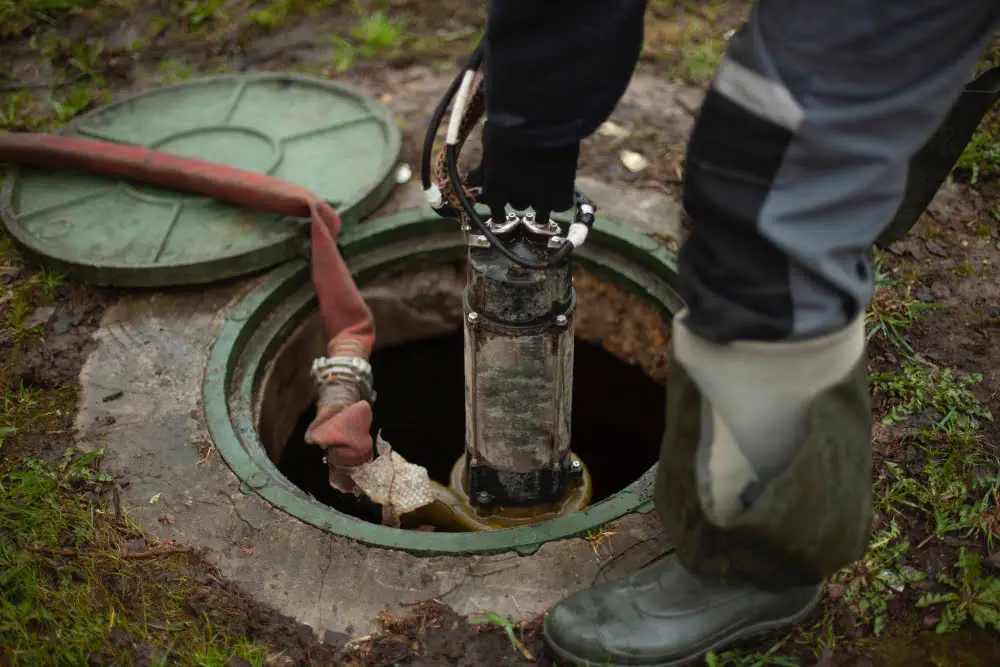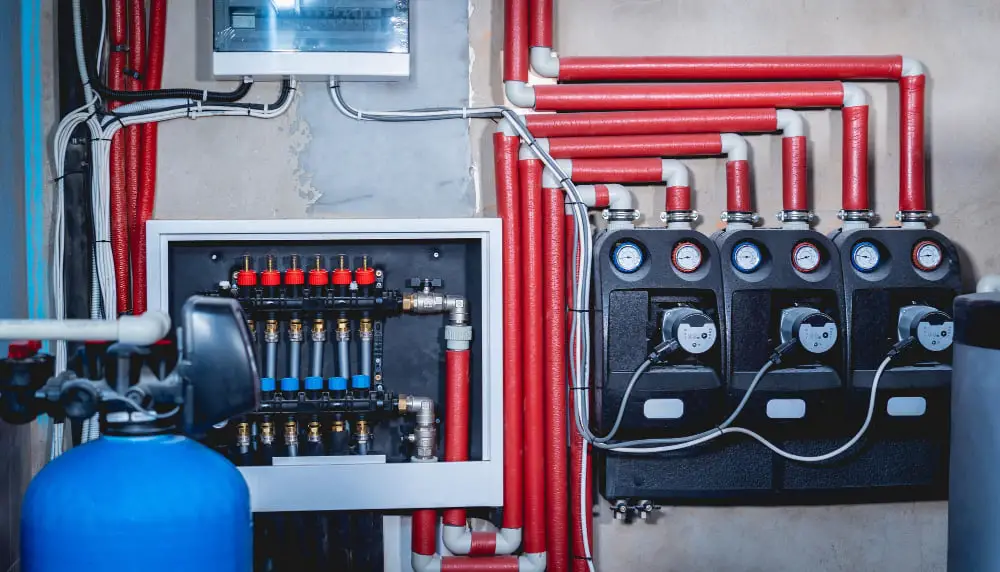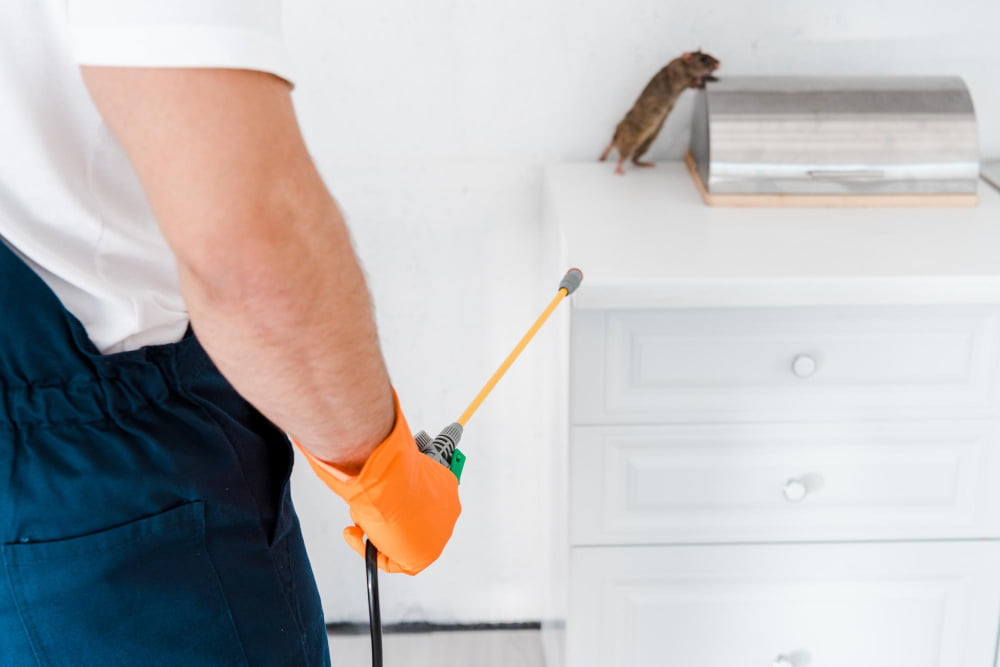Last updated on
When stepping into an older home, one is often greeted with a sense of history and charm that newer constructions struggle to replicate. However, these aged dwellings can harbor hidden risks, with asbestos being one of the more significant concerns for homeowners and residents.
Used extensively in the past for its fire-resistant and insulating properties, asbestos now presents health hazards that cannot be overlooked. Identifying potential asbestos-containing materials in an older home is a critical step toward ensuring the safety and well-being of its occupants.
This guide highlights key areas to inspect for asbestos hazards, offering peace of mind to those living in or renovating these historical properties.
Attics and Insulation

One of the first places to check for asbestos in older homes is the attic. Asbestos was commonly used in various types of insulation, including loose-fill, vermiculite, and batt insulation, for its fire-retardant properties.
Homeowners should be wary of disturbing old insulation during renovations or attic visits, as the act of moving it can release asbestos fibers into the air. Professionals trained in asbestos identification and removal are best suited to assess and handle these materials safely.
Vinyl Floor Tiles
Asbestos was a popular component in vinyl floor tiles and the backing of vinyl sheet flooring up to the 1980s. These materials, once considered cutting-edge for their durability and ease of installation, now pose a risk for asbestos exposure during home renovations or flooring removal.
It’s important to note that the risk of developing conditions, such as mesothelioma, can increase with exposure to asbestos fibers released during the improper handling of these flooring materials. Look up mesothelioma cancer online to gain a deeper understanding and discover avenues for obtaining appropriate support following a diagnosis.
This may include insights into available resources, medical guidance, and assistance networks that can play a key role in navigating the associated challenges.
Remember, before undertaking any flooring project, consider consulting with an asbestos abatement professional to ensure safety.
Roofing and Siding Materials

The exterior of older homes is another common hiding spot for asbestos, particularly in roofing shingles, siding, and cement products. These materials were prized for their longevity and fire-resistant capabilities.
However, as they age and deteriorate, the risk of asbestos fiber release into the environment grows. Homeowners planning to replace or repair their home’s roofing or siding should seek expert advice to identify asbestos-containing materials and determine the safest course of action.
Popcorn Ceilings
Popcorn ceilings, with their distinctive textured appearance, were all the rage in home decor until the late 1970s. Unfortunately, the spray-on texture used to create this effect often contained asbestos.
Before attempting to remove or repair popcorn ceilings, it’s essential to have the material tested for asbestos. Disturbing these ceilings without proper safety measures can release hazardous fibers into the air, posing a health risk to occupants.
Pipe Insulation
Heating systems in older homes frequently used asbestos to insulate pipes, boilers, and ducts. This form of insulation, if intact, may not pose an immediate risk, but any disturbance or deterioration can release asbestos fibers.
Homeowners encountering wrapped or loose insulation on their heating systems should avoid touching or removing it themselves. Professional removal services can ensure that these materials are handled correctly, preventing unnecessary exposure.
Wall and Ceiling Joint Compounds
In the pursuit of maintaining and updating older homes, one must not overlook wall and ceiling joint compounds. These materials, used to smooth seams and imperfections, often contained asbestos for its durability and fire-resistant properties.
The danger arises during remodeling efforts that involve sanding or cutting into these surfaces, activities that can aerosolize asbestos fibers, making them easily inhalable. Homeowners are advised to have these compounds tested before beginning any work that disturbs existing structures, ensuring that any necessary precautions or professional remediation can be undertaken.
Electrical Panels
The electrical systems in older homes may also harbor asbestos, particularly within insulating boards and around wiring. Asbestos was utilized for its non-conductive and heat-resistant qualities, essential in preventing fires and protecting the electrical components.
Before upgrading or inspecting these systems, it is crucial to consider the potential for asbestos-containing materials. Handling or disturbing these components without proper safety measures can release fibers into the air, posing a significant health risk. Electing for a professional evaluation can prevent unnecessary exposure and ensure the safety of those involved.
Window Caulk and Glazing
Asbestos finds its way into the most minute of home components, including the caulking and glazing compounds used around windows. These materials, essential for sealing windows and preventing drafts, may release asbestos fibers during removal or replacement processes.
Special care must be taken when dealing with older window components, particularly in homes built before the widespread discontinuation of asbestos in building materials. Professional asbestos abatement teams can safely remove and replace these compounds, mitigating the risk of exposure.
Ductwork and HVAC Systems
The heating, ventilation, and air conditioning (HVAC) systems of older homes are common sites for asbestos, especially within ductwork and insulation. Asbestos was used to seal and insulate these systems, optimizing efficiency and minimizing heat loss. However, as these systems age or require maintenance, the risk of disturbing asbestos-containing materials increases.
Homeowners should refrain from attempting DIY repairs on older HVAC systems and instead consult with professionals who can safely assess and address any asbestos concerns, ensuring the air quality in the home remains uncompromised.
The Takeaway
Uncovering and addressing the hidden risks of asbestos is both a challenge and a necessity for homeowners. From the walls that hold memories to the floors that bear the marks of decades, each component may conceal asbestos, posing significant health risks.
Recognizing these potential hazards, understanding the severe implications of exposure and taking decisive action to mitigate these dangers are essential steps in safeguarding the health of residents. Homeowners are urged to approach renovations and repairs with caution, seeking professional guidance to navigate the complexities of asbestos detection and removal.
In doing so, they not only preserve the integrity and charm of their homes but also, more importantly, protect the well-being of those who dwell within.
Recap




